PrePlantation era Ireland with ruling families, from my old history book I found r/MapPorn
"The Pale" in Ireland (so named after the late 14th century) was established at the time of Henry II's expedition (1171-72) and consisted of the territories conquered by England, where English settlements and rule were most… history of medieval Ireland In Ireland: The 14th and 15th centuries

The Pale Alchetron, The Free Social Encyclopedia
The pale frontier. War was endemic in fourteenth-century Ireland. The idea of a `shifting frontier', a phrase often used in the literature to describe the spatial dimension of the effects of the fourteenth-century wars on the colony,52 needs to be contextualised in both geographical and sociological dimensions.
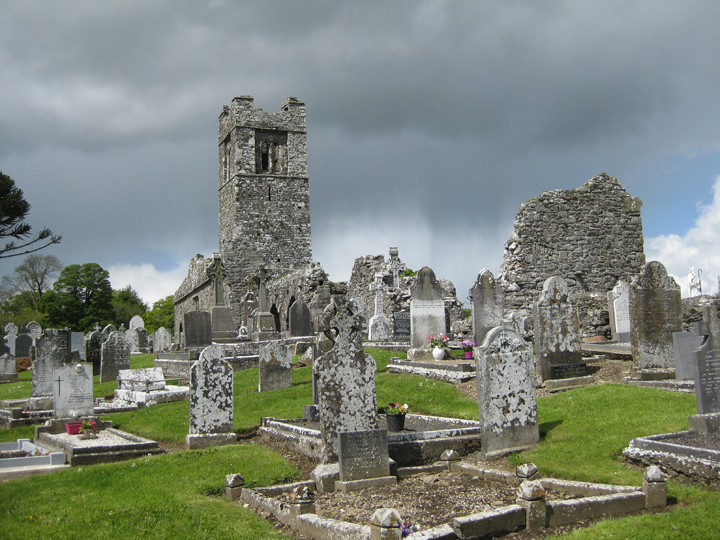
Beyond the Pale Ireland 2016 Trip
The rebellion of 1641 precipitated a desperate struggle for the control of Ireland, which ended with Cromwell and the forces of the short-lived English Commonwealth in control.The lords of the Pale were the great landowning families of north County Dublin and east Meath: Preston of Gormanston, Barnwall of Turvey, Fleming of Slane and Fagan of Fe.
.jpg)
Beyond the Pale Ireland 2016 Trip
Where Does 'Beyond the Pale' Come From? Trim Castle in County Meath, Ireland, is most famous for two things: It was a primary location in Mel Gibson's historic epic 'Braveheart,' and it also.

festival of lights The Pale (Ireland) blackberry for iphone free review pro
The Pale North County Dublin, Meath and Louth is the true Pale, where people have tilled the rich land since medieval times. This is only part of Irelandwhere the English language was universally spoken before the 1600s.
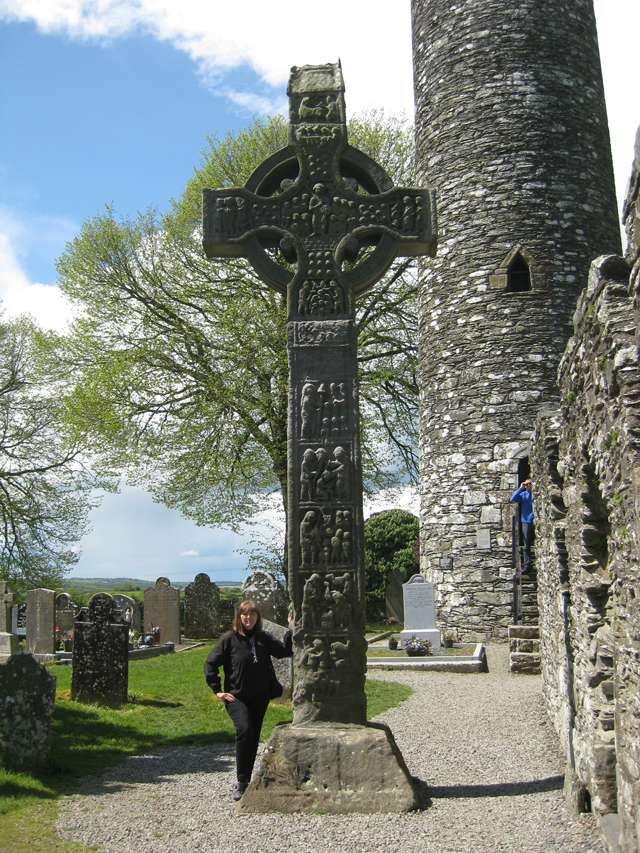
Beyond the Pale Ireland 2016 Trip
The later medieval English lordship has been well characterised as 'a land of many marches'; but a march was a militarised borderland with shifting boundaries, whereas a pale was a defensive ring of fortifications enclosing a precisely delineated area.

198 best History Materials images on Pinterest
The expression was first used in Ireland way back in the 13th century, to describe people who lived outside the parts of Ireland controlled by the British. Called the Pale, it originally consisted of parts of counties Meath, Louth, Kildare and Dublin in the east of Ireland. The word derives from "palus," a Latin word meaning "stake."
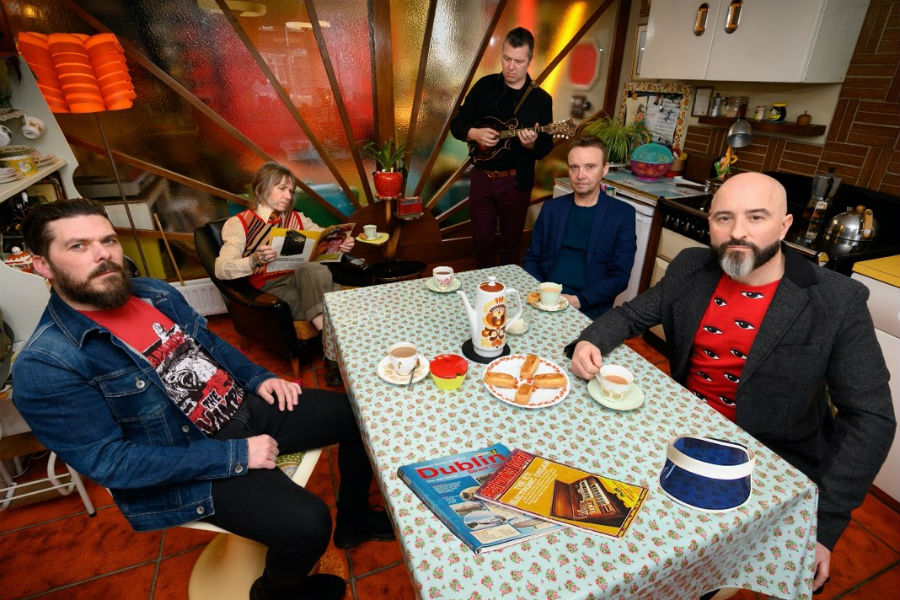
The Pale Celebrate their 30th Anniversary with Irish Tour
Wed Jan 10 2024 - 07:30. The International Court of Justice (ICJ) will hear South Africa's case against Israel under the 1948 Genocide Convention this week. The emergency hearing, which will be.

The largest fortified medieval tower house in Ireland on the edge of The Pale Curious Ireland
The term Pale was used normally up to Henry VIII's reign, who succeeded to the throne of England in 1509 and became king of Ireland in 1541. The term was then dropped as the English gradually.
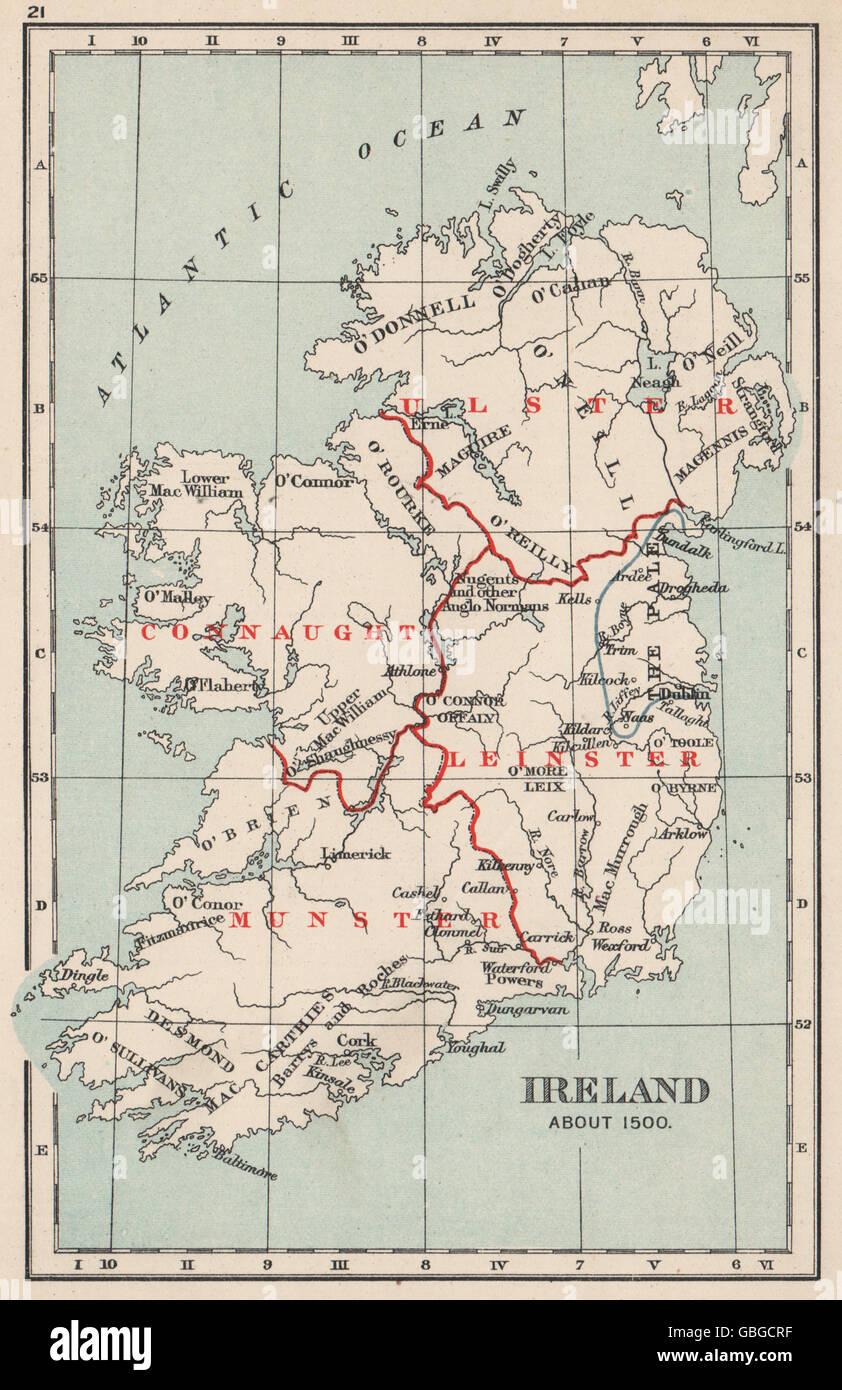
IRELAND IN 1500 Showing clan names kingdoms "The Pale" provinces, 1907 map Stock Photo Alamy
The Pale ( Irish: An Pháil) or the English Pale ( An Pháil Shasanach or An Ghalltacht) was the part of Ireland directly under the control of the English government in the Late Middle Ages. It had been reduced by the late 15th century to an area along the east coast stretching from Dalkey, south of Dublin, to the garrison town of Dundalk. [1]
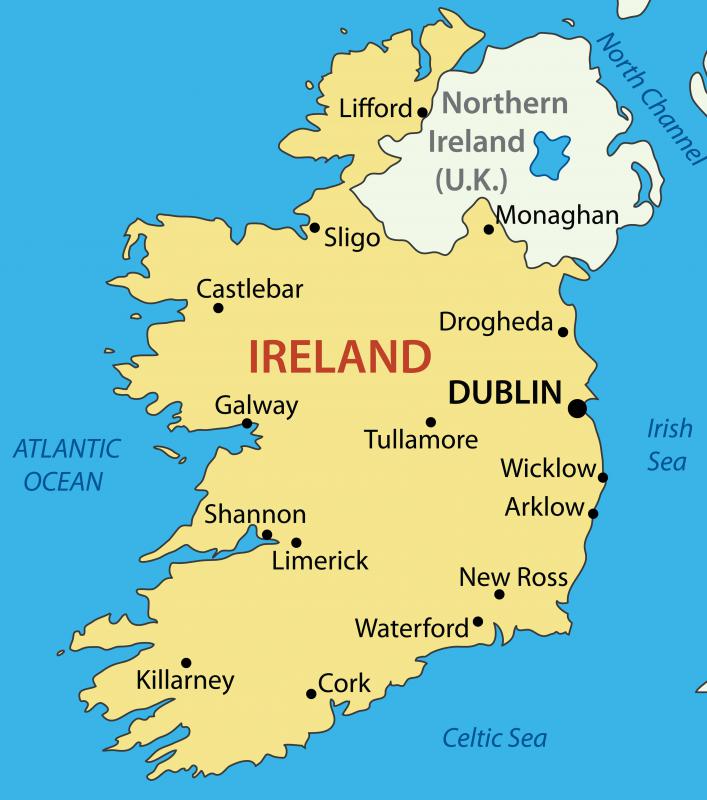
What Does "beyond the Pale" Mean? (with pictures)
That Ireland's English Pale was named after its French counterpart, the English Pale at Calais, has long been recognized, but its first naming turns out to have been a Tudor development, reflecting the association with both territories of Henry Tudor's best-remembered chief governor of Ireland, Sir Edward Poynings.
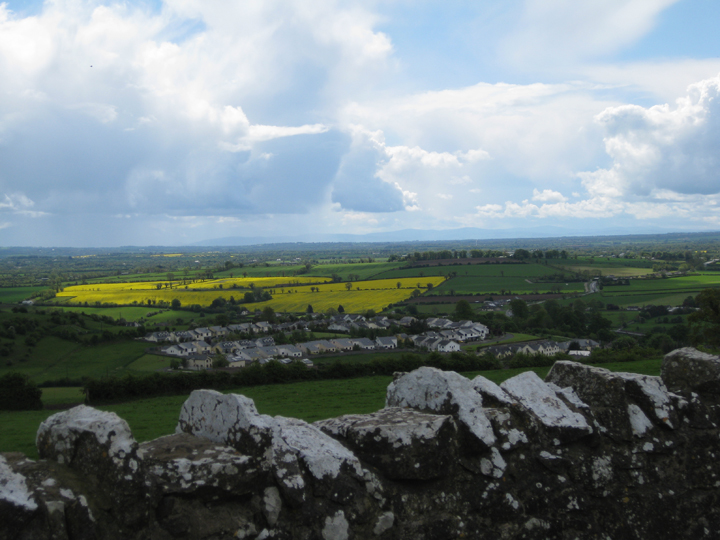
Beyond the Pale Ireland 2016 Trip
The Pale ( Irish: An Pháil) or the English Pale ( An Pháil Shasanach or An Ghalltacht) was the part of Ireland directly under the control of the English government in the Late Middle Ages. It had been reduced by the late 15th century to an area along the east coast stretching from Dalkey, south of Dublin, to the garrison town of Dundalk.

The Pale was the area around Dublin where English law and customs prevailed in medieval Ireland
The Pale 1488. $ 3.95. Map Code: Ax01685. The Pale was defined by an Act of Parliament (1488), setting out the (much reduced) area of Ireland still effectively under the direct control of the English king. 'Beyond the Pale', the rule of Ireland was effectively parcelled out between resurgent Gaelic chieftains and the largely autonomous.
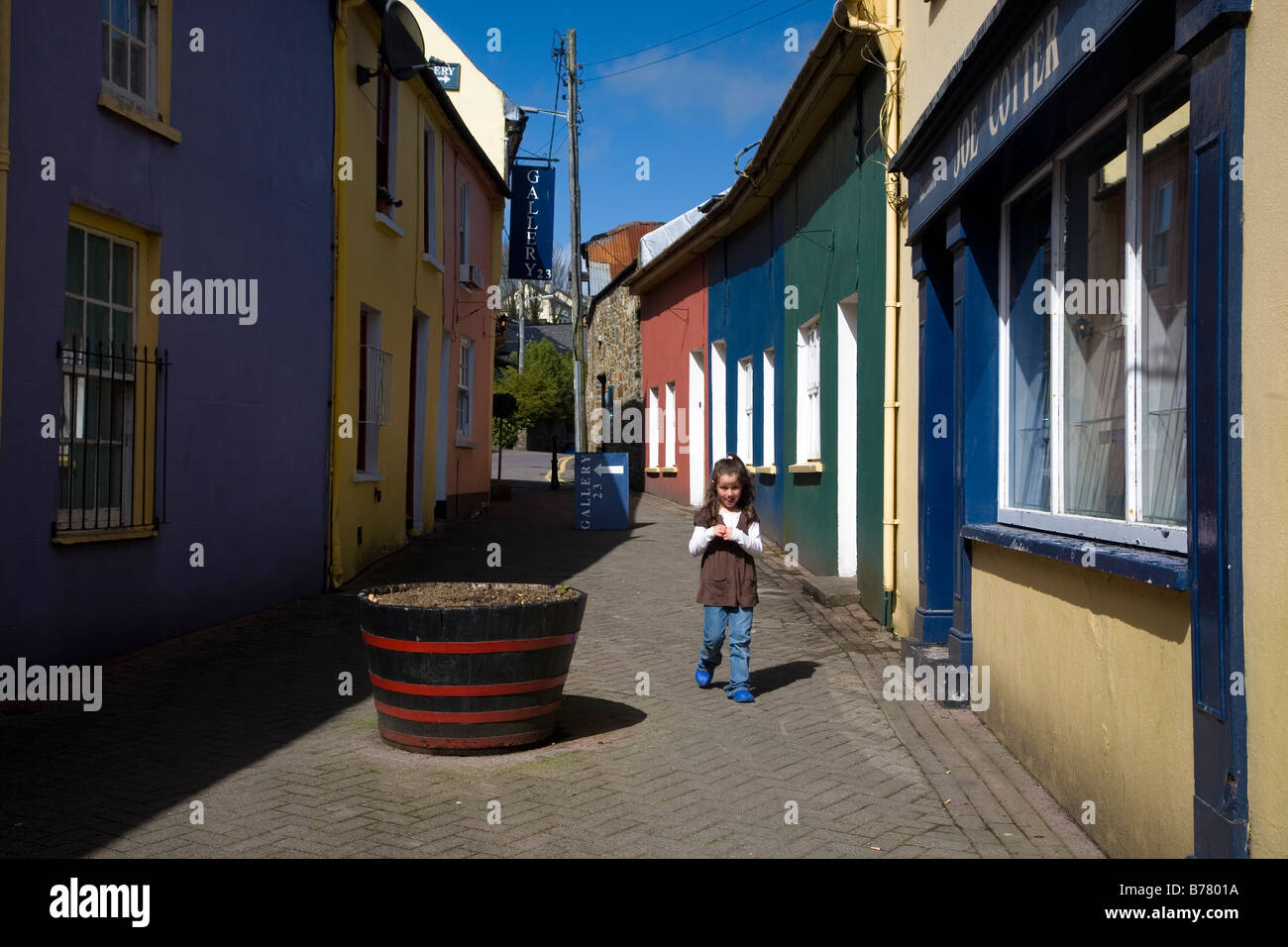
The pale ireland hires stock photography and images Alamy
The Pale - According to Statute of 1488 In 1366, so that the English Crown could assert its authority over the settlers, a parliament was assembled in Kilkenny and the Statute of Kilkenny was enacted. The statute decreed that intermarriage between English settlers and Irish natives was forbidden.
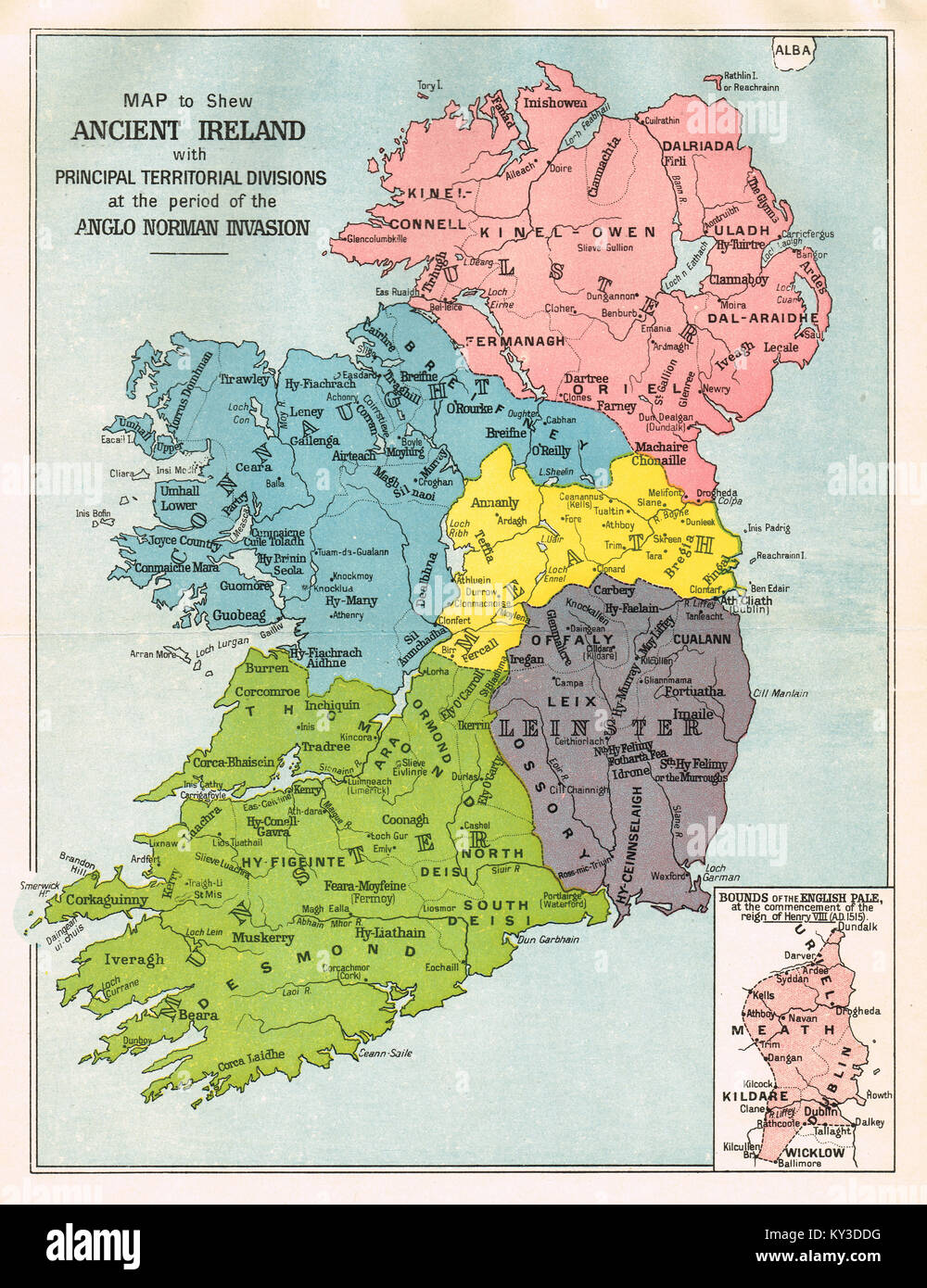
The Pale Ireland High Resolution Stock Photography and Images Alamy
Map of Ireland: The Pale and the Irish plantations. Published online by Cambridge University Press: 05 November 2012. John O'Beirne Ranelagh. Chapter. Get access. Share. Cite.
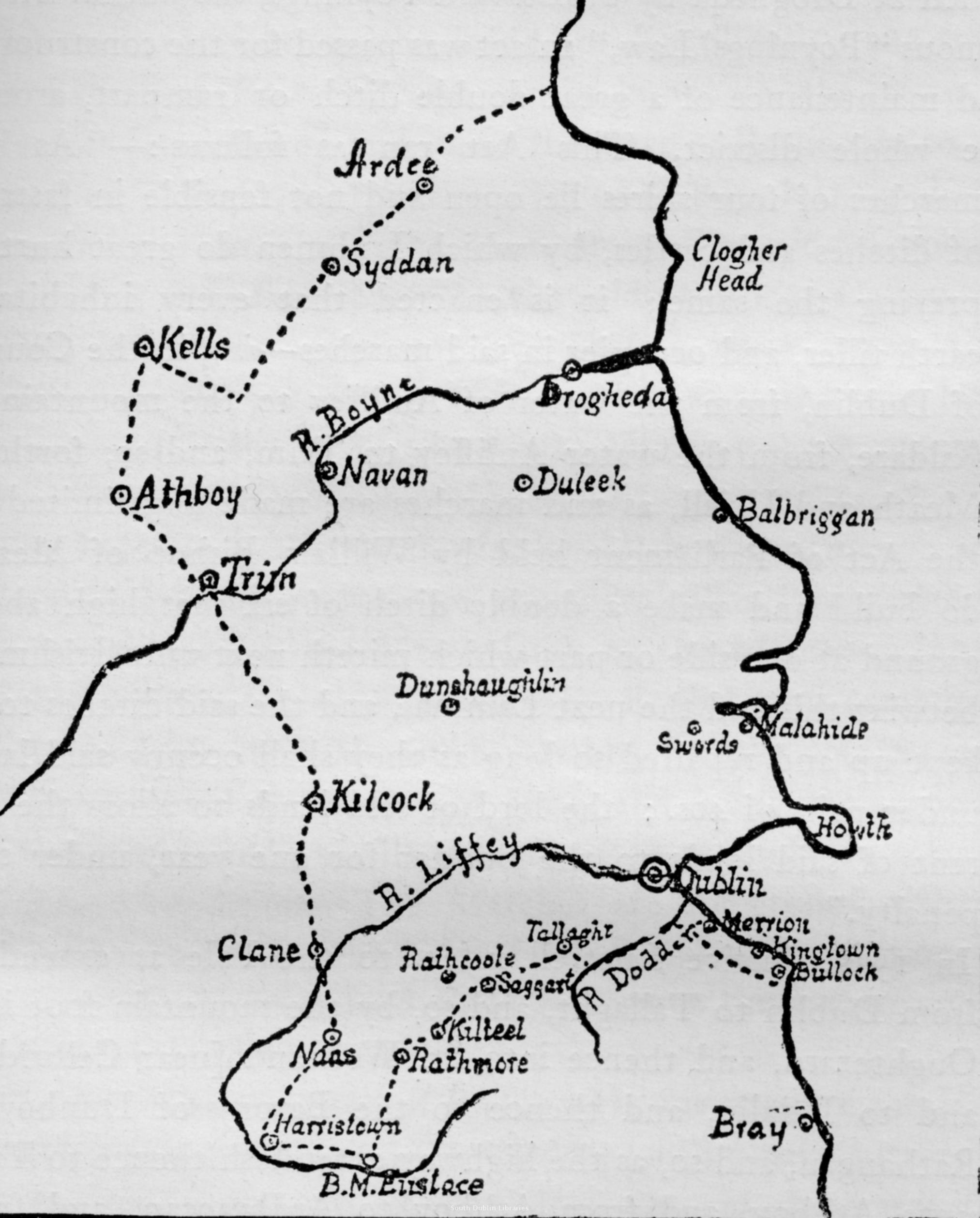
Source South Dublin Libraries' Digital Archive The Pale according to the Statute of 1488
Although large in size (approximately 472,590 square miles or 1,224,008 sq km), and containing areas of dynamic economic growth, the Pale (known in Russian as cherta postoiannogo zhitel'stva evreev; the English word pale was borrowed from the term applied to the area of English settlement in Northern Ireland, where the lands of the "wild.